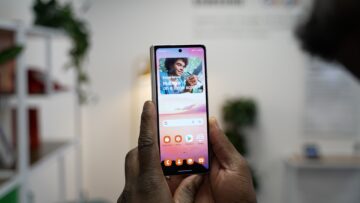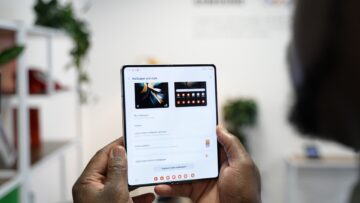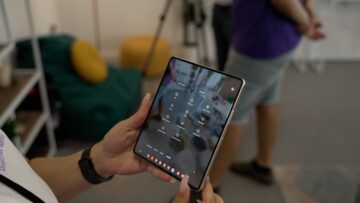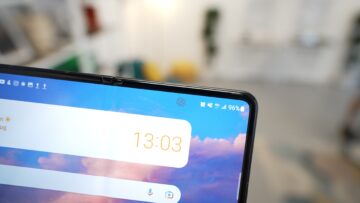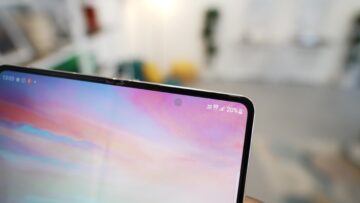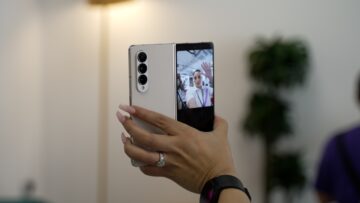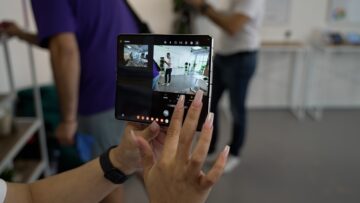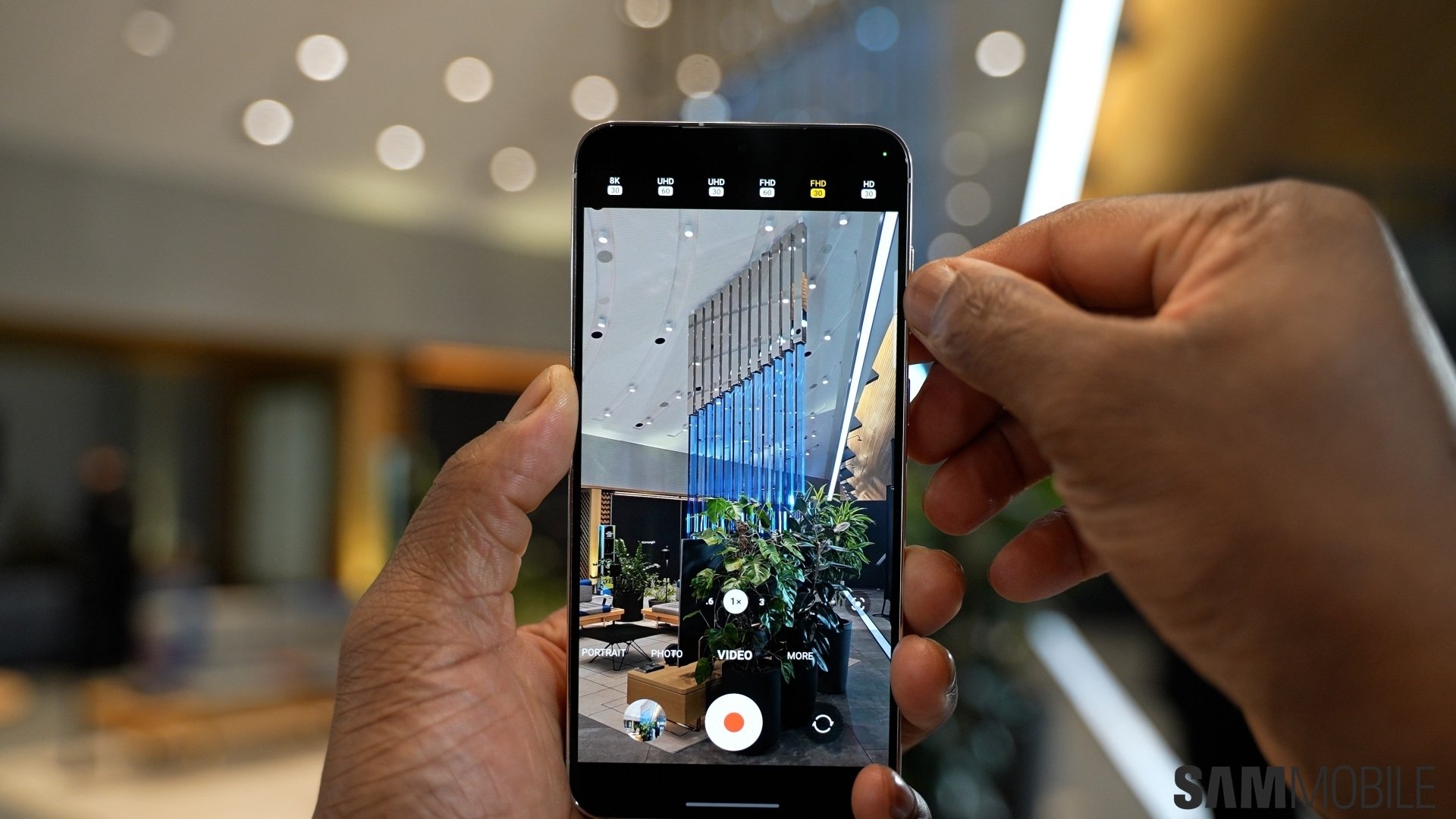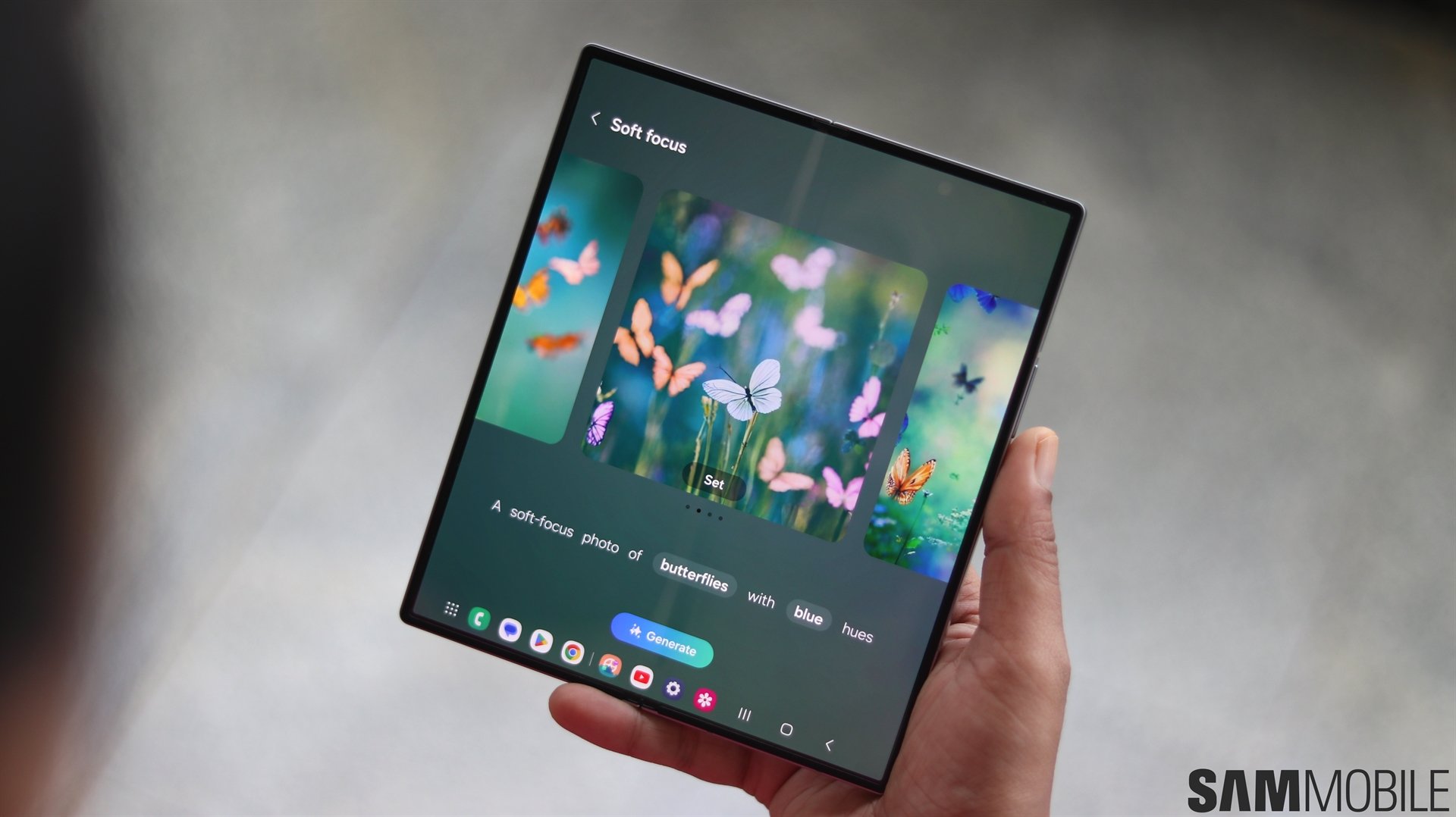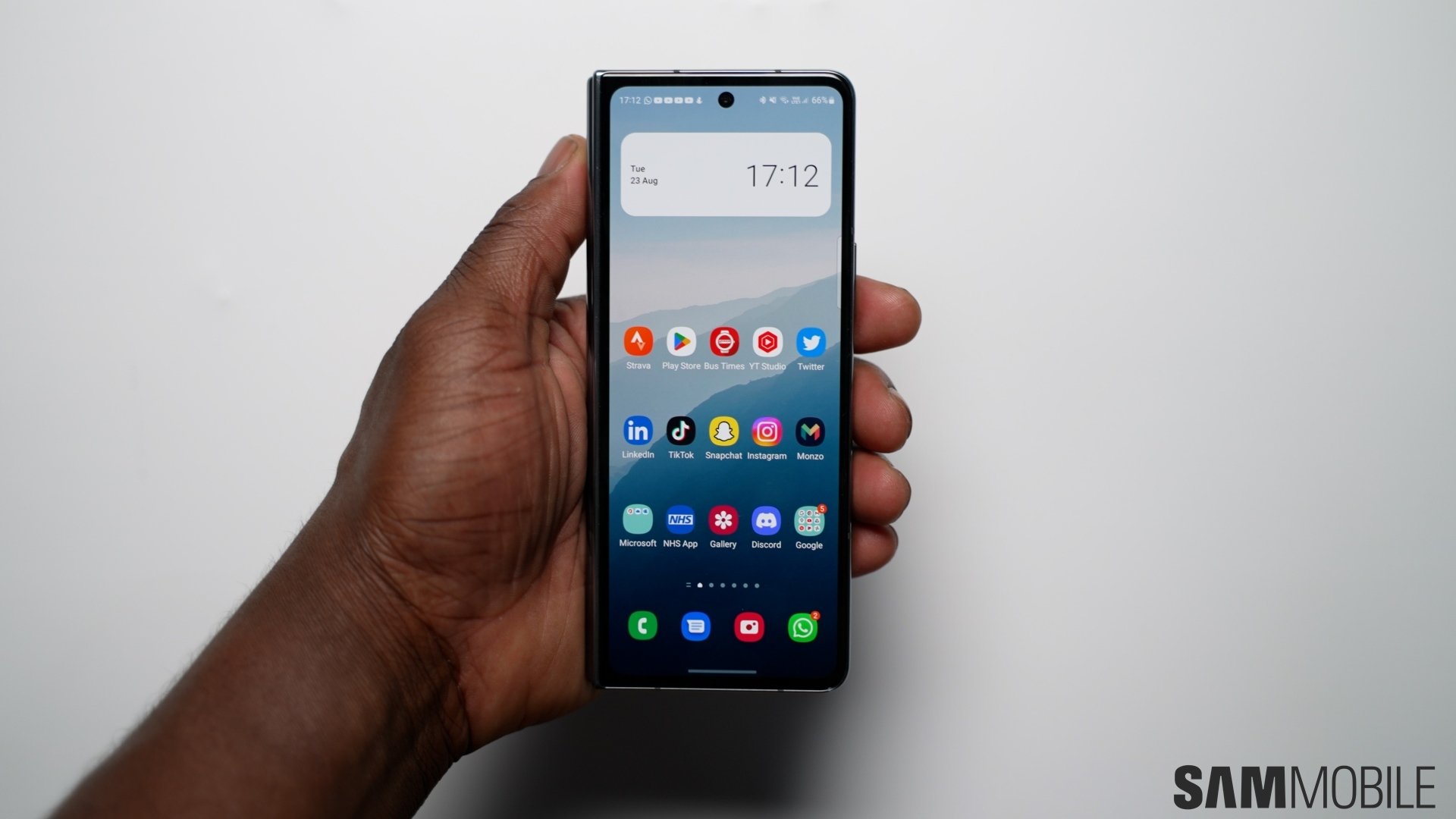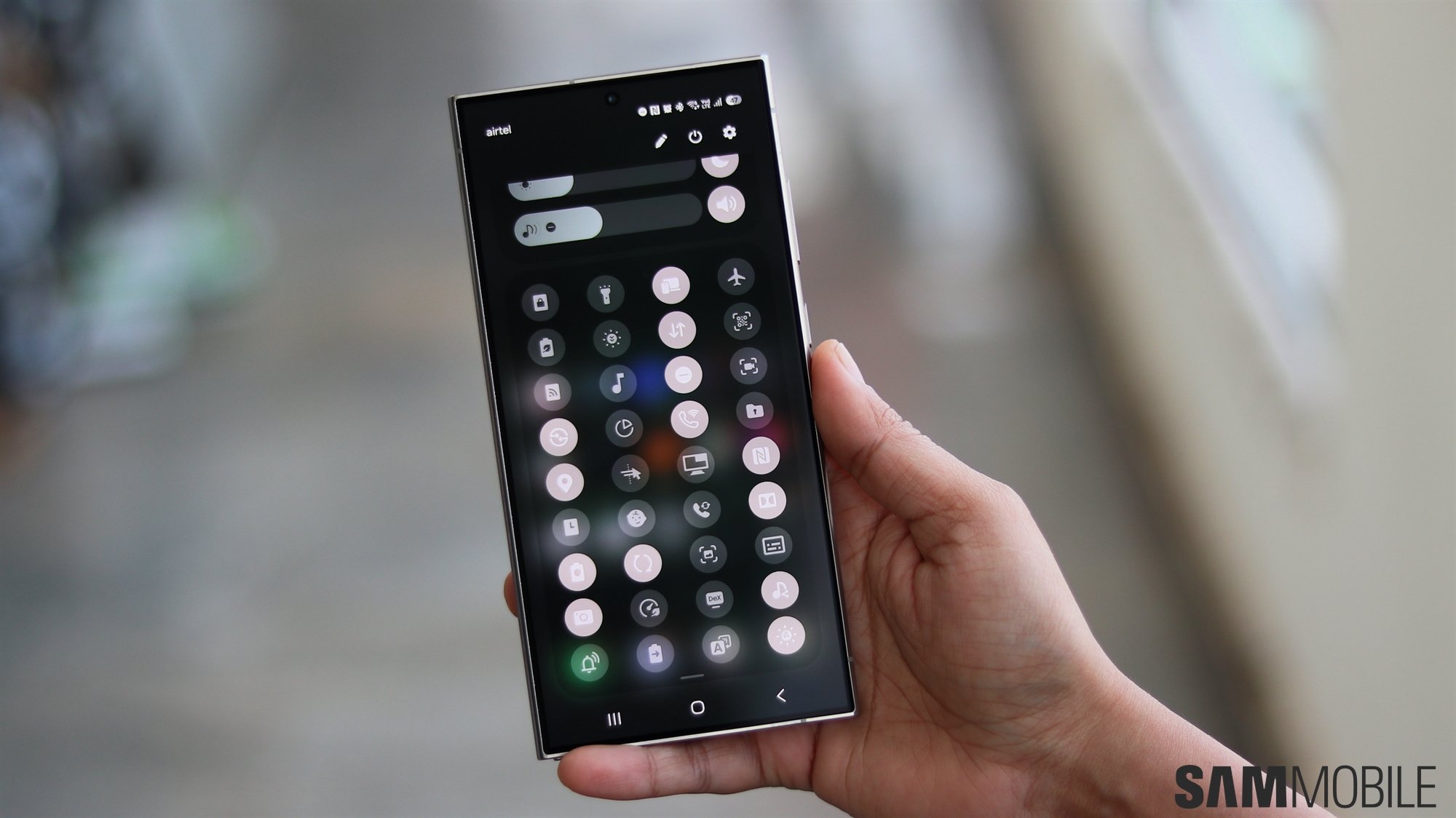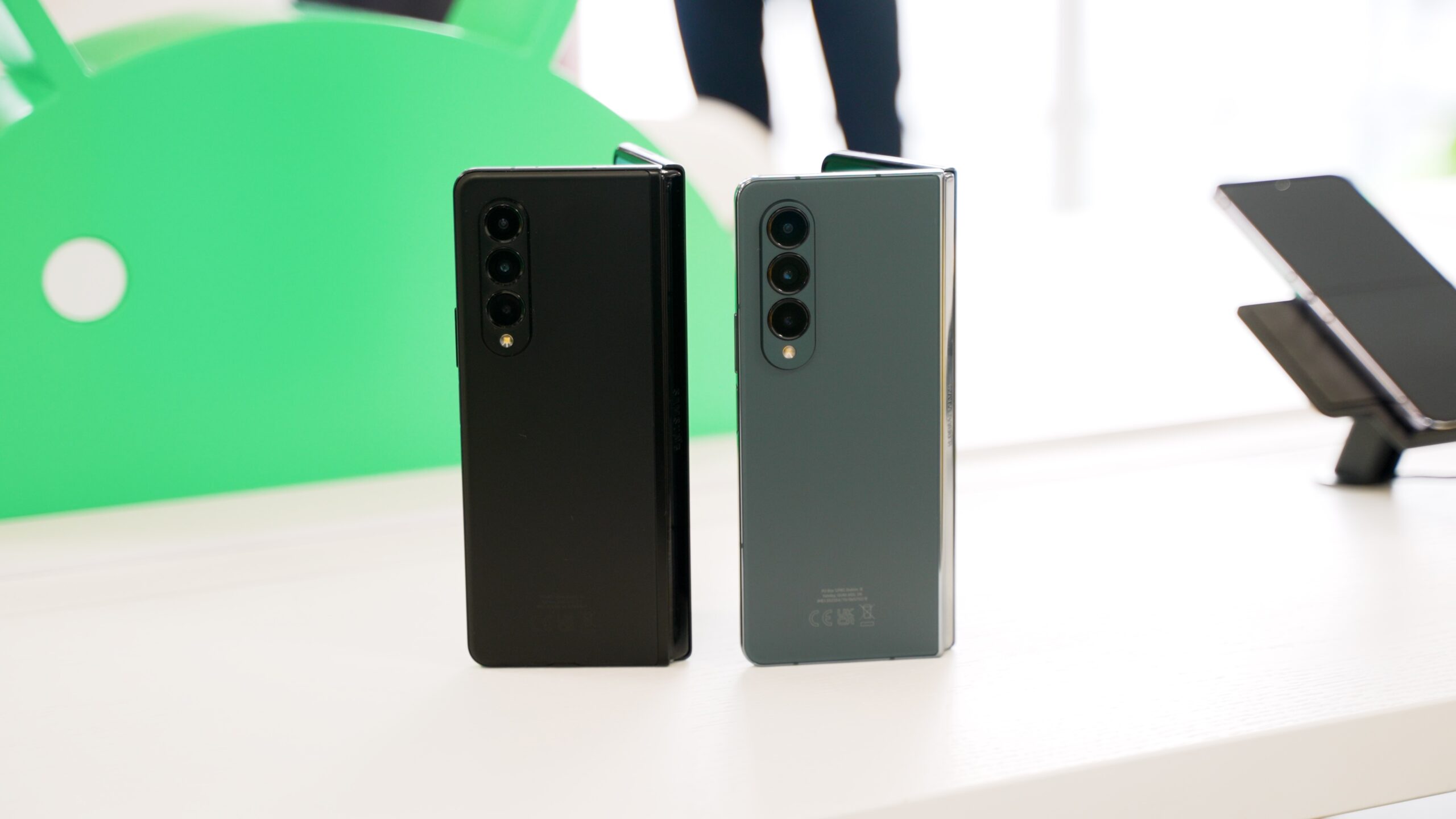
Xiaomi's new foldable phone called Mix Fold 2 might be the first potential Galaxy Z Fold competitor so far. The hardware across both flagships is roughly on par, give or take, and Xiaomi appears to have been improved durability with the addition of UTG. Let's see how these two very different yet similar foldable phones compare and whether or not Samsung is finally facing some serious competition in the foldable phone market.
Galaxy Z Fold 4 vs Xiaomi Mix Fold 2: Internal hardware
The Xiaomi Mix Fold 2 and Samsung's new Galaxy Z Fold 4 employ the same Snapdragon 8+ Gen 1 chipset from Qualcomm. They also have similar storage and memory options, including a 1TB variant with 12GB of RAM.
In the audio department, Samsung's new foldable phone has 32-bit/384kHz audio tuned by AKG, while Huawei has 24-bit/192kHz audio tuned by Harman Kardon.
Furthermore, these phones' batteries are separated only by 100mAh, but Xiaomi ups charging speeds to 67W, while Samsung's flagship retains 25W fast-charging capabilities. Then again, the Xiaomi Mix Fold 2 doesn't have wireless charging capabilities (and therefore lacks reverse wireless charging). This might help explain why it's roughly 1mm thinner than the Galaxy Z Fold 4 when unfolded. Samsung's foldable is a bit thicker but has a 15W wireless charging coil and supports reverse wireless charging.
Galaxy Z Fold 4 vs Xiaomi Mix Fold 2: Displays
Xiaomi's new foldable phone has an 8-inch foldable display with a resolution of 2160 x 1914, 120Hz, and Schott UTG (Ultra-Thin Glass) protection. The cover screen has a 6.56-inch diagonal, a resolution of 2560 x 1080, 120Hz, and an aspect ratio of 21:9.
Somewhat similarly, Samsung's new Galaxy Z Fold 4 features a 7.6-inch 120Hz AMOLED display with UTG and a resolution of 2176 x 1812, along with an AMOLED 120Hz cover display that has a 6.2-inch diagonal and a resolution of 2316 x 904 pixels.
All in all, the display configuration across both phones sounds very much alike, but here's where the hinge design comes into play. Samsung's hinge creates only one foldable display crease, whereas Xiaomi's hinge creates several. Xiaomi's foldable display creases are arguably more distracting to the touch and likely to pick up light reflections from more angles.
Galaxy Z Fold 4 vs Xiaomi Mix Fold 2: Cameras
Another area where Xiaomi appears to want to challenge Samsung is the camera system. The new foldable from Xiaomi has a 50MP primary, 13MP ultra-wide, and 8MP telephoto rear-facing camera, and a 20MP selfie camera embedded in the cover screen.
Samsung, on the other hand uses more advanced technologies, including an under-display sensor behind the foldable screen and a selfie camera for the cover display. Xiaomi's phone doesn't have a selfie camera for the foldable panel.
Samsung employed more (and more diverse) cameras for the Galaxy Z Fold 4 than Xiaomi did for its Mix Fold 2. The number of megapixels is similar from one brand to the other, with Xiaomi taking the edge in some cases, and Samsung in others. But as far as the overall mobile photography experience goes, Samsung's Flex Mode still has no competition, and the Galaxy Z Fold 4 offers a more complete imaging package.
Galaxy Z Fold 4 vs Xiaomi Mix Fold 2: Price is where the real competition begins
Although internal hardware is nearly identical and the camera specs are comparable across these two foldable phones, Xiaomi has the upper hand in terms of pricing, with one caveat: the Mix Fold 2 is not available outside of China, and in China, it can probably achieve its price thanks to subsidies.
Xiaomi's new foldable phone is set to launch in China for the equivalent of around $1,300, while the Chinese Galaxy Z Fold 4 costs more than $2,000 (via The Verge). Given this price difference, we can see why the Xiaomi Mix Fold 2 could be a more attractive choice for many foldable phone enthusiasts in China.
However, this price advantage might vanish the moment the Xiaomi Mix Fold 2 crosses the border into other markets outside of China. Assuming it will ever do that through official channels. Regardless, Samsung's foldable premium device could use a bit of price tag trimming. If the Mix Fold 2 would undercut the Galaxy Z Fold 4 on the global market, it could be Samsung's first true rival in the foldable phone segment.
Although the Galaxy Z Fold 4 offers a more complete and polished user experience out of the box, (with better software, multitasking, cameras, wireless charging, build quality and quality of the hinge to name a few) there's no denying the appeal of a lower price tag. Samsung's new foldable phone seems safe from the Xiaomi Mix Fold line, for now, but that might have more to do with limited availability than an unbridgeable technological gap.
At the end of the day, more competition is good for us, the customers, and perhaps Xiaomi's strategy will force Samsung to step up its game and hopefully lower the entry price of its Galaxy Fold line without sacrificing the user experience.
[modelinfo model=”SM-F936B”]



















